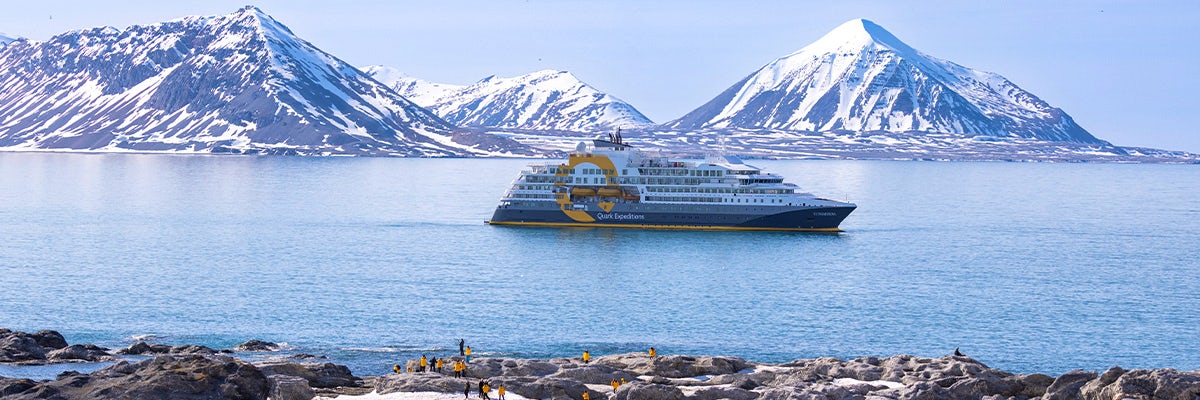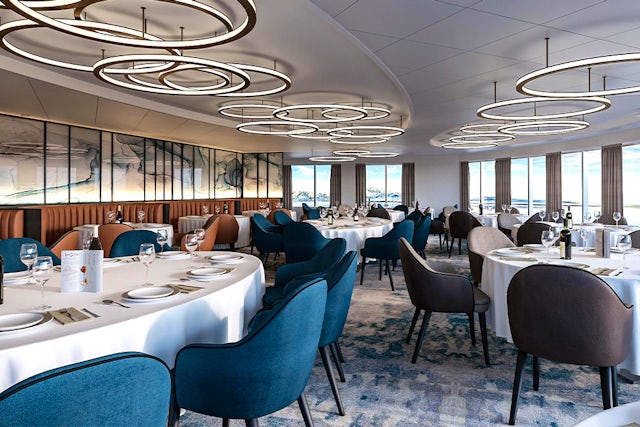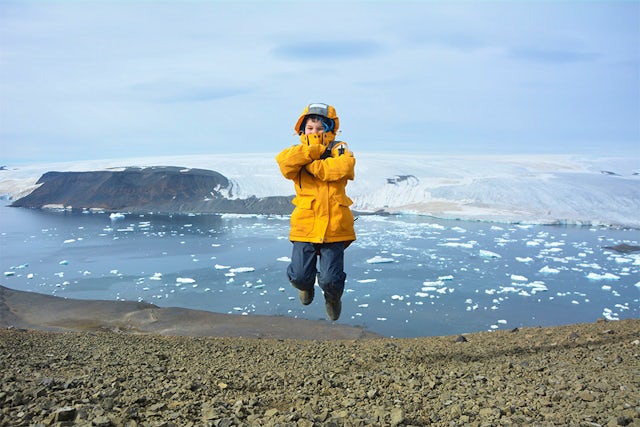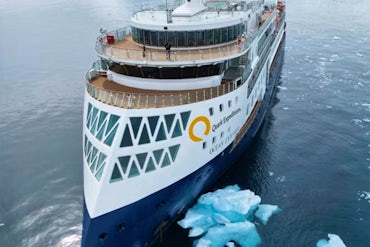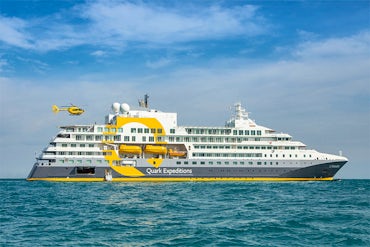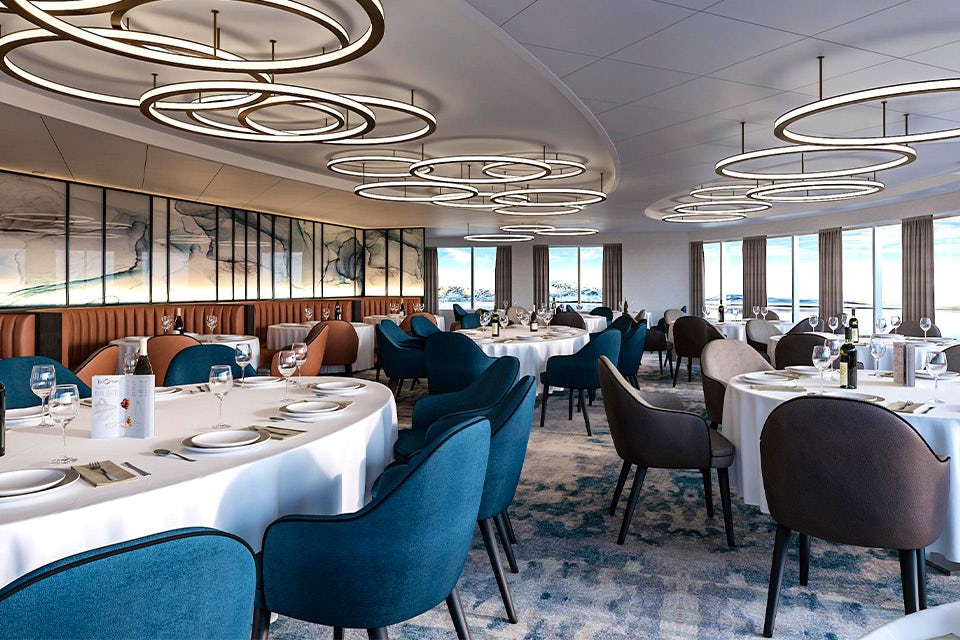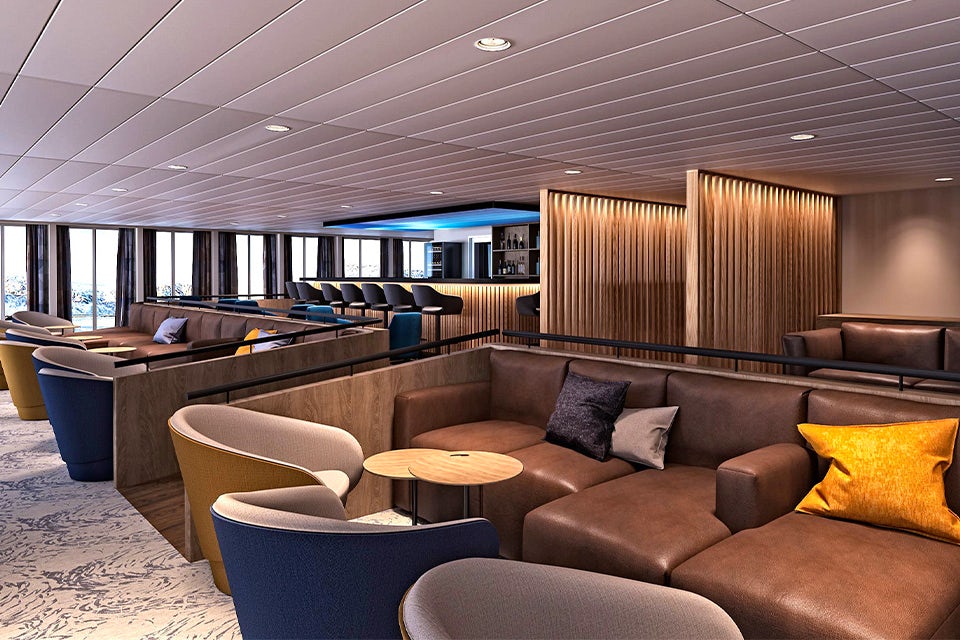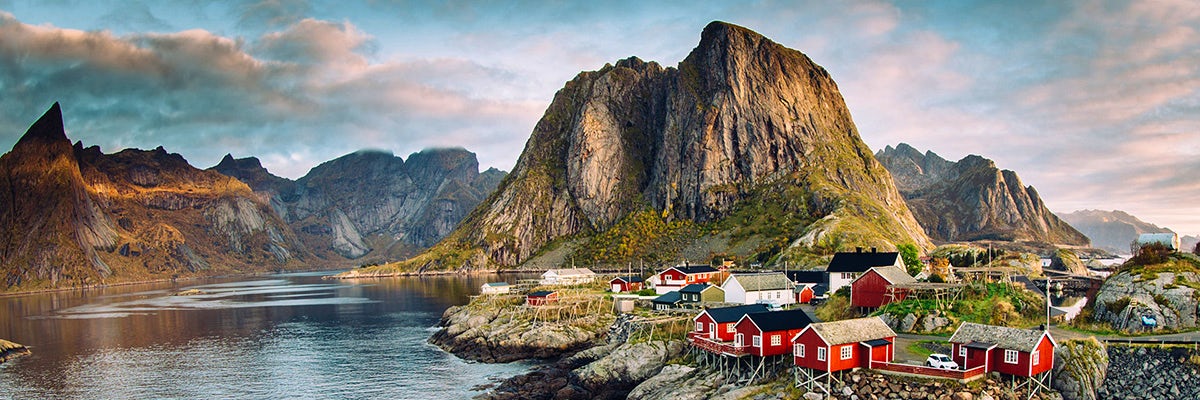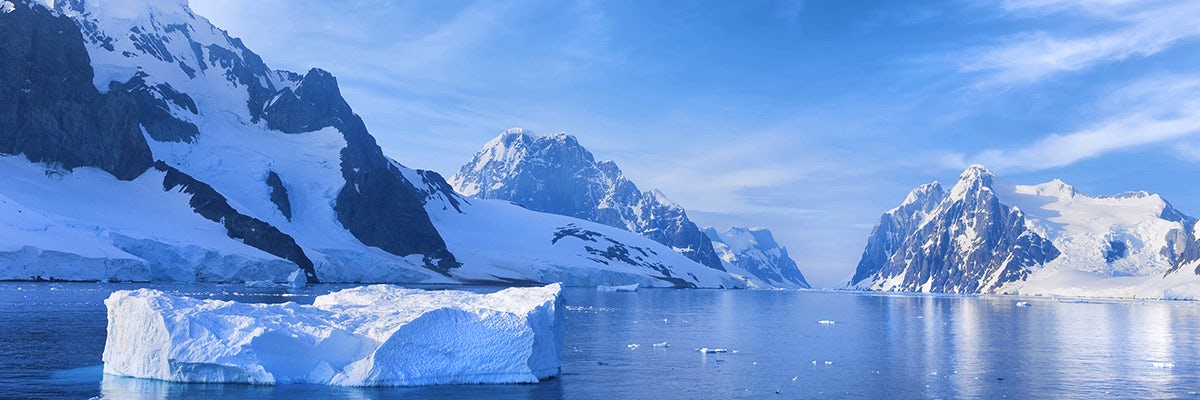Quark Expeditions
In 1991, Lars Wikander and Mike McDowell, the visionaries behind Quark Expeditions, led the first group of commercial travellers to the North Pole. This groundbreaking expedition marked the inaugural tourism transit of the Northeast Passage and paved the way for Quark Expeditions to become a trailblazer in polar exploration. Over the past three decades, they have guided adventurous travellers to the far reaches of the Arctic and Antarctic, venturing into remote areas where few have ever set foot. Since that momentous journey aboard the nuclear-powered icebreaker Sovetskiy Soyuz, polar expeditions have evolved, and Quark Expeditions has been at the forefront of these advancements. While their first expedition solidified their reputation as a leader in polar adventure, they have never rested on their laurels. With an unyielding drive to explore uncharted territories, Quark Expeditions continues to achieve new milestones and set new standards in polar exploration. The passion for forging new paths in polar expeditions remains deeply ingrained in the spirit of Quark Expeditions.
Read moreThey constantly strive to innovate, pushing the boundaries of what is possible in these remote and pristine environments. With each new expedition, they create extraordinary opportunities for intrepid travellers to experience the awe-inspiring beauty and unique wonders of the polar regions. Join Quark Expeditions on an unforgettable journey to the ends of the Earth, where they will guide you to places that have captured the imagination of explorers for centuries. Experience the thrill of venturing into untouched landscapes, guided by a team of seasoned experts dedicated to providing you with a safe, immersive, and truly transformative polar adventure.
The fleet of Quark Expeditions comprises vessels designed to accommodate a range of 128 to 199 passengers, intentionally keeping the number below 200. This deliberate choice ensures that guests can enjoy the best possible polar experience on smaller ships. The advantage of smaller vessels lies in their ability to navigate to remote areas inaccessible to larger ships. When traveling on larger ships, there is a risk of missing out on certain experiences. Not all landing sites in the polar regions can accommodate large groups of travellers, but smaller ships allow for smaller groups, resulting in a reduced environmental impact. The agility of small expedition ships enables them to reach remote, diminutive villages and settlements, often passing through narrow fjords and channels. This capability of venturing off the beaten path and avoiding overcrowded shore landings creates an authentic polar experience for guests. It is important to note that most indigenous settlements lack the capacity to accommodate a large influx of visitors from larger expedition vessels. By choosing smaller ships, Quark Expeditions ensures that travellers can immerse themselves in the true essence of the polar regions while minimizing their impact on the delicate environment and respecting the limitations of local communities.
Read less